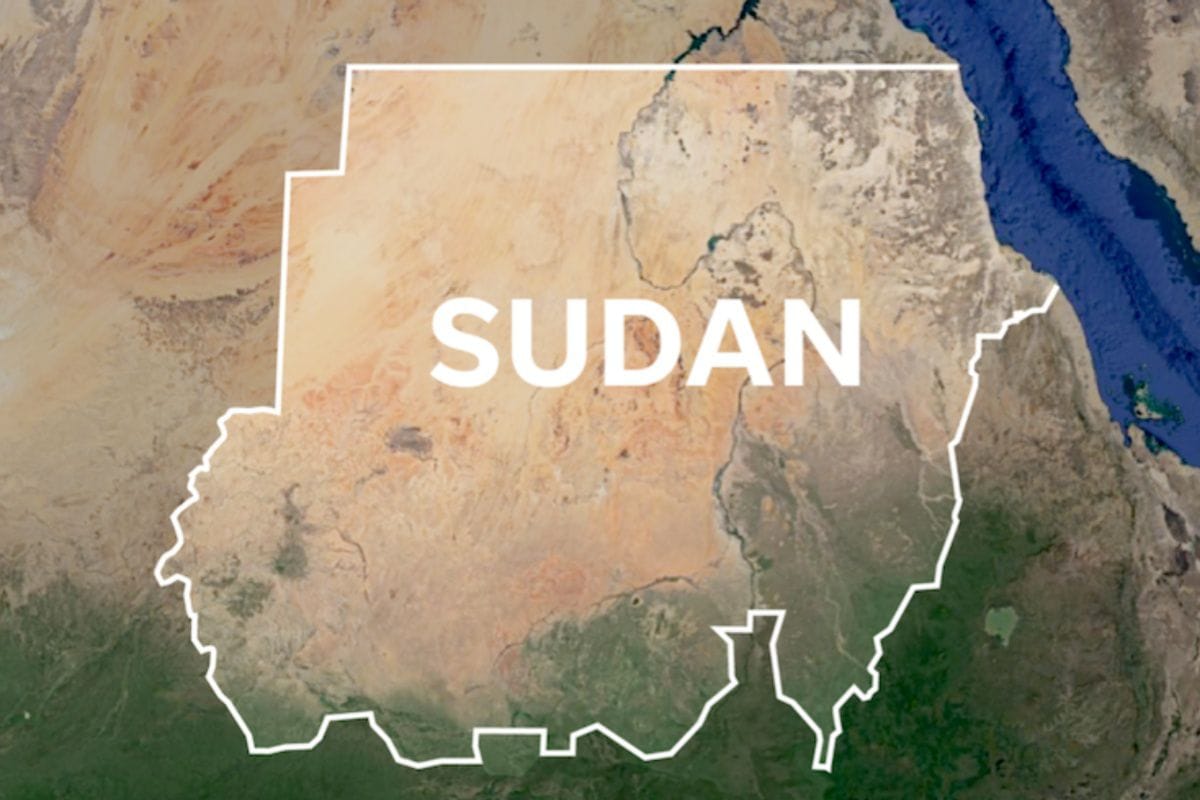The US economy in 2025 is navigating a period of ups and downs, with analysts noting that while certain sectors continue to expand, others are contracting under the pressure of inflation, shifting labor market trends, and monetary policy adjustments. As the world’s largest economy, these fluctuations have global implications, influencing trade, financial markets, and emerging economies alike. Understanding these dynamics is critical for businesses, investors, and policymakers attempting to prepare for the months ahead.
Uneven Growth Patterns
Growth in the first half of 2025 has been steady but uneven. According to preliminary GDP estimates, the US expanded by around 2.1%, driven largely by gains in technology, services, and renewable energy sectors. However, manufacturing and retail have slowed due to lingering supply chain disruptions and the rising cost of inputs. Analysts argue that this dual-speed performance captures the essence of the US economy in 2025—a blend of resilience and vulnerability.
Tech companies, benefiting from advancements in artificial intelligence, cloud infrastructure, and green technologies, continue to thrive. Meanwhile, traditional sectors such as construction and retail face shrinking margins as consumer demand weakens. This unevenness underscores the challenges of sustaining balanced growth.
Inflation and Consumer Strain
One of the most persistent challenges for the US economy in 2025 has been inflation. While it has moderated from its 2023 peaks, core prices for essentials like housing, healthcare, and food remain elevated. These inflation trends have eroded household purchasing power, forcing many families to cut back on discretionary spending.
The Federal Reserve has been cautious in its response, implementing modest rate cuts after a series of hikes in previous years. The goal is to balance growth without reigniting runaway inflation. However, this balancing act is delicate, as too much stimulus could reignite price pressures, while excessive tightening could trigger recessionary conditions. For businesses and consumers alike, the unpredictability of inflation adds a layer of uncertainty to planning and investment.
Labor Market Shifts
The labor market remains a critical component of the economic narrative. While unemployment levels are relatively low, the composition of job growth is shifting. Healthcare and technology sectors continue to hire aggressively, while manufacturing and retail face employment slowdowns due to automation and cautious consumer spending.
Wage growth has also slowed compared to 2023 and 2024. Automation, artificial intelligence, and changes in global supply chains are reshaping the demand for labor, pushing workers to acquire new skills to remain competitive. These labor market shifts reflect both opportunities and challenges for the US economy in 2025, as the nation works to adapt its workforce to meet evolving demands.
Federal Reserve Policy and Market Response
At the heart of economic policy lies the Federal Reserve. Decisions regarding interest rates have a direct impact on mortgages, credit card debt, business loans, and investment patterns. The Fed’s recent decision to implement moderate rate cuts was intended to stimulate growth amid concerns of a cooling labor market. However, markets remain cautious, with investors weighing whether these moves will be sufficient to sustain momentum without reigniting inflation.
The role of Federal Reserve policy is therefore pivotal in shaping the trajectory of the US economy in 2025. Financial markets remain volatile, with equity prices swinging on every major policy announcement and bond yields reflecting the constant push and pull between inflation expectations and growth forecasts.
Investment Outlook and Financial Markets
Investment activity provides another window into the health of the economy. While capital continues to flow into sectors like renewable energy, technology, and infrastructure, industries heavily dependent on consumer spending are facing challenges. Retail, hospitality, and real estate have reported slower-than-expected returns, reflecting tighter household budgets and cautious borrowing.
Equity markets remain volatile but have not collapsed. Investors appear cautiously optimistic about the long-term outlook, though they remain wary of near-term shocks. This sentiment captures the complexity of the US economy in 2025—there is faith in the system’s resilience, but recognition that risks remain elevated.
Global Implications
Because of the interconnected nature of global finance and trade, the US economy in 2025 has far-reaching consequences. A stronger US dollar has placed pressure on emerging markets, raising the cost of servicing dollar-denominated debt. Similarly, changes in Federal Reserve policy ripple across international capital markets, influencing borrowing costs worldwide.
Commodity-exporting nations are also watching closely, as demand from the US often sets the tone for global energy and raw materials markets. With American consumers tightening their belts, global suppliers could face reduced demand in the short term, though technology-related imports remain robust.
Challenges Ahead
Looking forward, the US economy in 2025 must confront several challenges:
- Inflation management: Keeping prices under control without stifling growth remains a tightrope act for policymakers.
- Labor adaptation: Workers and companies must adapt to automation, AI, and structural industry shifts.
- Fiscal policy: Balancing government spending with long-term debt sustainability continues to be a concern.
- Geopolitical risks: Trade tensions, conflicts, and global instability could disrupt both supply chains and financial markets.
Each of these factors contributes to the sense that the economy is resilient yet fragile.
Opportunities for Stabilization
Despite these challenges, opportunities for stabilization exist. Targeted investments in infrastructure, green energy, and workforce development could boost productivity and long-term growth. Government efforts to expand access to education and training will help workers adapt to shifting labor demands, while public-private partnerships can drive innovation.
The resilience of the US economy in 2025 lies not only in its size but in its ability to innovate and adapt. Policymakers and businesses that focus on long-term transformation rather than short-term fixes are more likely to navigate the current turbulence successfully.
Conclusion
The US economy in 2025 embodies a mix of progress and volatility. Inflation trends, labor market shifts, and Federal Reserve policies define its trajectory, producing both opportunities and risks. While households and businesses face near-term challenges, the underlying resilience of the American economy remains intact. Whether growth stabilizes or falters will depend on how effectively policymakers, investors, and workers adapt to the shifting landscape.
More at Swiftreportnow



